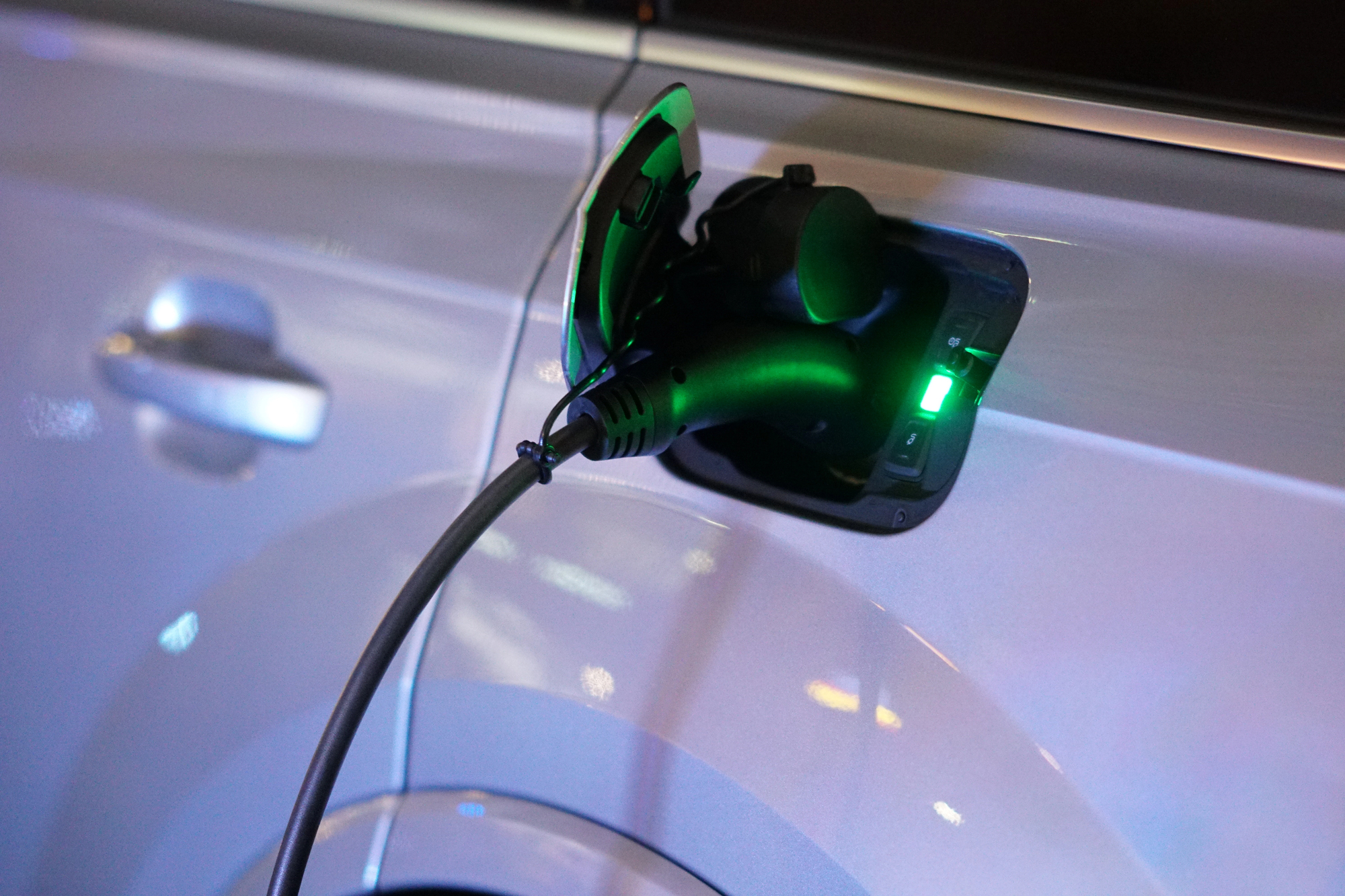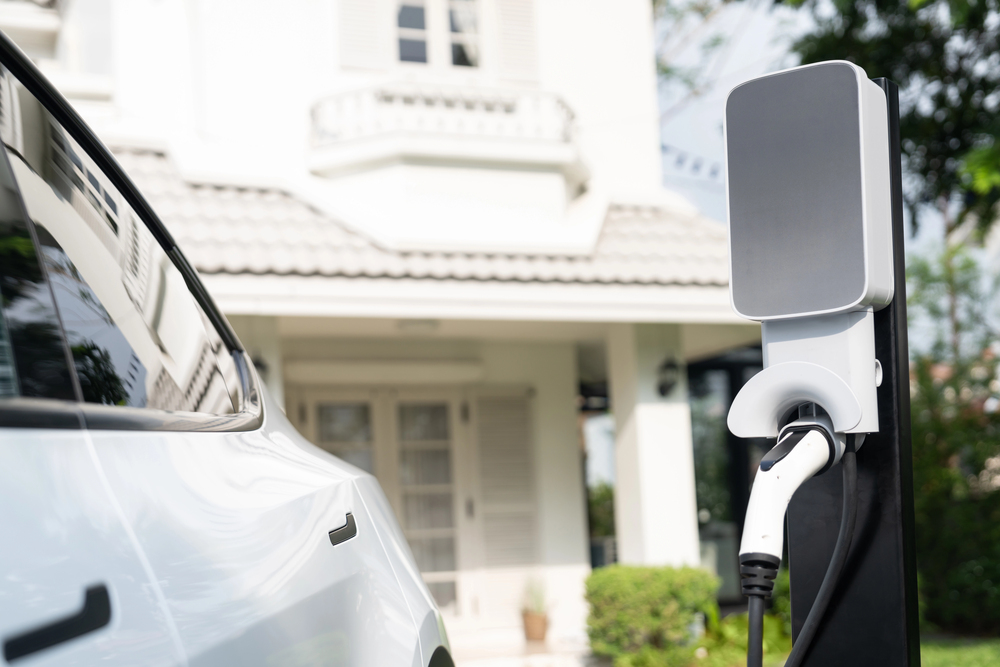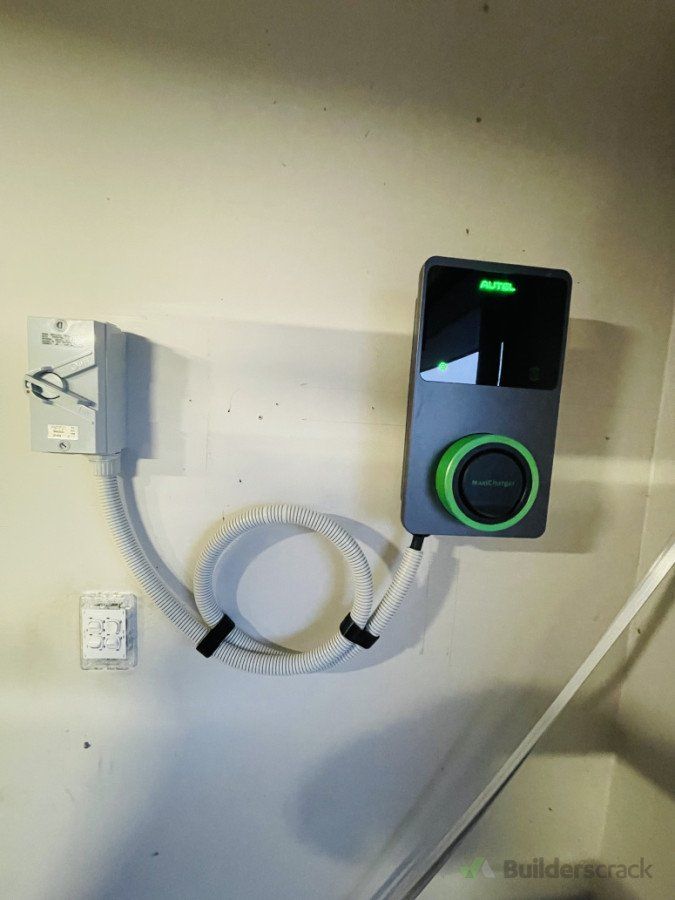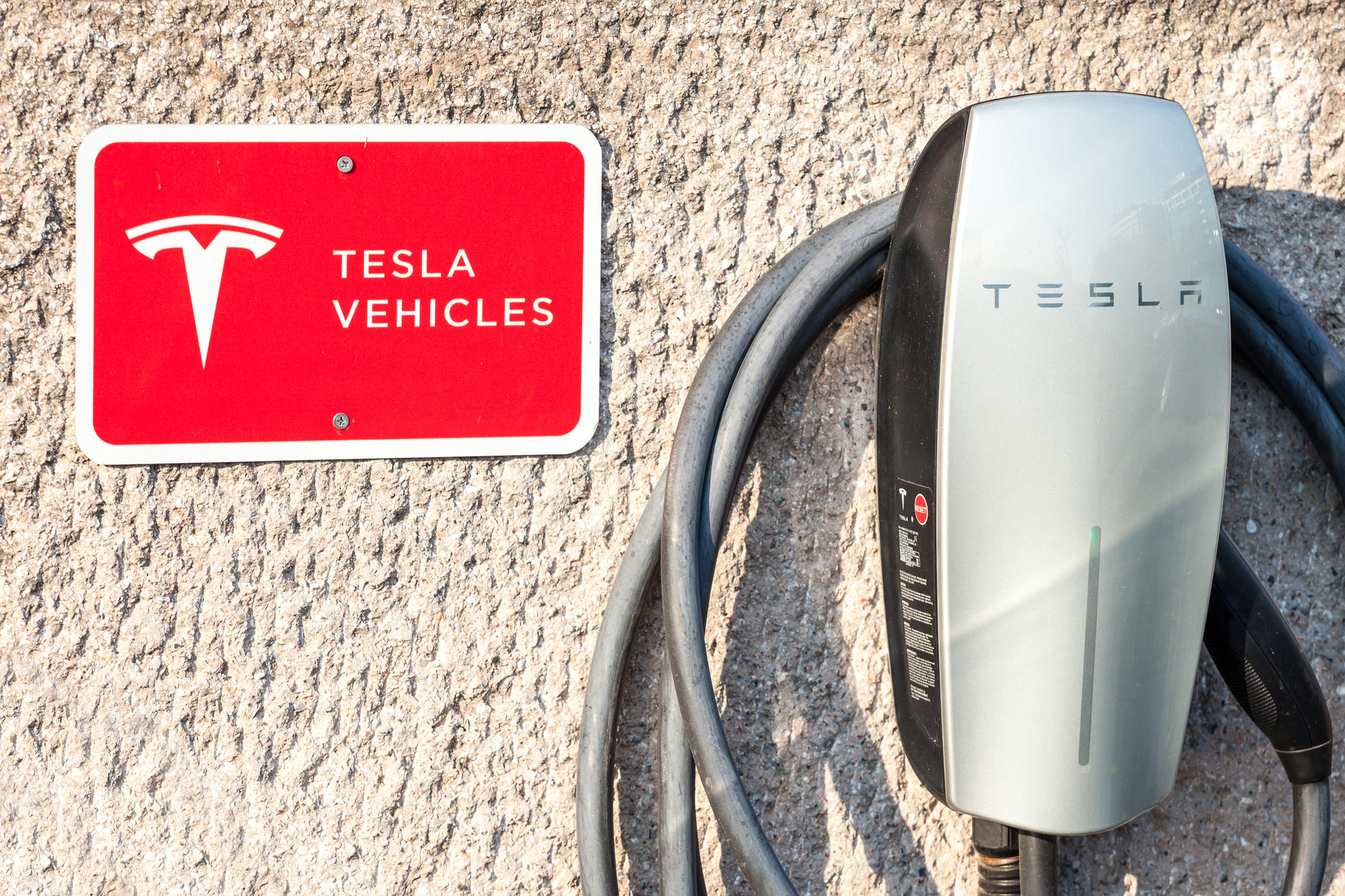EV charger installations
Our focus is on simplicity, innovation, and expertise. By gathering customer feedback, consulting with electricians, and staying informed about market trends, we have aimed to distill the process of installing EV chargers into a concise summary.
What is covered in an EV charger installation
During the installation of your EV charger, an electrician will typically perform the following tasks:
- Assess and potentially upgrade the panel or circuits to ensure they can handle the additional load of the charger
- Install either a plug or hardwire the charger directly into the electrical panel
- Mount the charger and its accompanying hardware at the desired charging location Additionally, some electricians may also connect the charger to WIFI/Bluetooth if those options are available
Standard Installation v Non-Standard Installation
The below covers 90%+ of EV charging installations. An “installation” means that a new 240 V plug is needed, and a circuit needs to be installed and connected to the electrical panel. A breaker must be fitted to the panel (assuming there is an empty slot on the electrical panel).
Used Vehicles
For used electric vehicles, a tax credit is available but not as much as that available for new vehicles under the Inflation Reduction Act. A previously owned, used EV or plug-in hybrid tax credit is up to $4,000 or 30% of the vehicle sales price, whichever is less.
Federal Incentives – EV Charging Infrastructure Tax Credit
The federal tax credit on charging equipment has been extended through 2032. For individual/residential uses, the tax credit remains unchanged at 30%, up to $1,000. For commercial uses, the tax credit Is 6% with a maximum credit of $100,000 per unit (up from $30,000 per property).
Features of standard installation
Features of non-standard installation
Location: Garage (interior or exterior)
Location: Your panel is in an unusual location such as the back of the house but the car at the front
Position: The wall station will be located at eye or waste level. Clipped to the wall
Position: Unusual positions or angles that make hanging the wall station challenging
Walls: Routing of cables through one internal and one external wall
Walls: Cables routed through the interior of walls. Means extensive dry wall patching
Panel age: Not more than 20-30s old
Panel age: 30+ years old. Very old panels or those with no space may require a sub-panel
Panel space: Available blank slots on panel
Panel space: No open slots or ability to re-arrange breakers or new breakers needed
Electrical panel upgrade not required
Electrical panel upgrade need to accommodate ev outlet interfaces
Our focus is on simplicity, innovation, and expertise. By gathering customer feedback, consulting with electricians, and staying informed about market trends, we have aimed to distill the process of installing EV chargers into a concise summary.
Generally EV charger installation includes:-
Homes built after 1990 with a panel in the garage and up to 5 feet of conduit
Electrical panel is interior or exterior to the garage
Electrical load assessment by a licensed electrician
Running up to 20 feet of provider-supplied surface mounted (outside of drywall) conduit and wiring from the service panel to charger/240v NEMA outlet. (NEMA 14-50, NEMA 14-30, NEMA 6-50 etc. level 2 EV charger)
Includes installation of junction box if required by local code.
Installation of provider-supplied 2-pole 50-ampere circuit breaker
Max 10 feet distance of plug/charger location from the electrical panel on the same side of the garage as the electrical panel
Existing space on the electrical panel for the double pole circuit breaker
RCBO Type A protection device in the existing utility panel box
Wallbox installation to wall
Electrician will confirm power supply, and EV charger is operational
Not included –
Level 2 EV charger
Any required local permitting. Please check with your local city
Larger more complex projects resulting in trenching, drywall work/repair, or whole house re-wiring. This will result in additional fees and will be calculated on site with the electrician
Higher circuit breaker above 50 ampere for EVs larger batteries
Moving large objects or fixed structures out of the installation area
Installations more than 10 feet from the panel box
Any required upgrades to the service panel
Any additional upgrades or sub panels required to power the charger
Excludes WIFI, Bluetooth and other smart device set-up and connection
Custom Work: Work outside of the scope of the standard installation described above will be at extra cost and sold by electrician directly to the consumer.
Is permitting required?
In the majority of cases, obtaining an electrical permit is necessary for the installation of a new EV charger and charging circuit. The specific regulations and requirements may vary from one city to another, but nearly all jurisdictions have rules pertaining to the need for a permit when adding wiring to a home or upgrading existing electrical panels.





